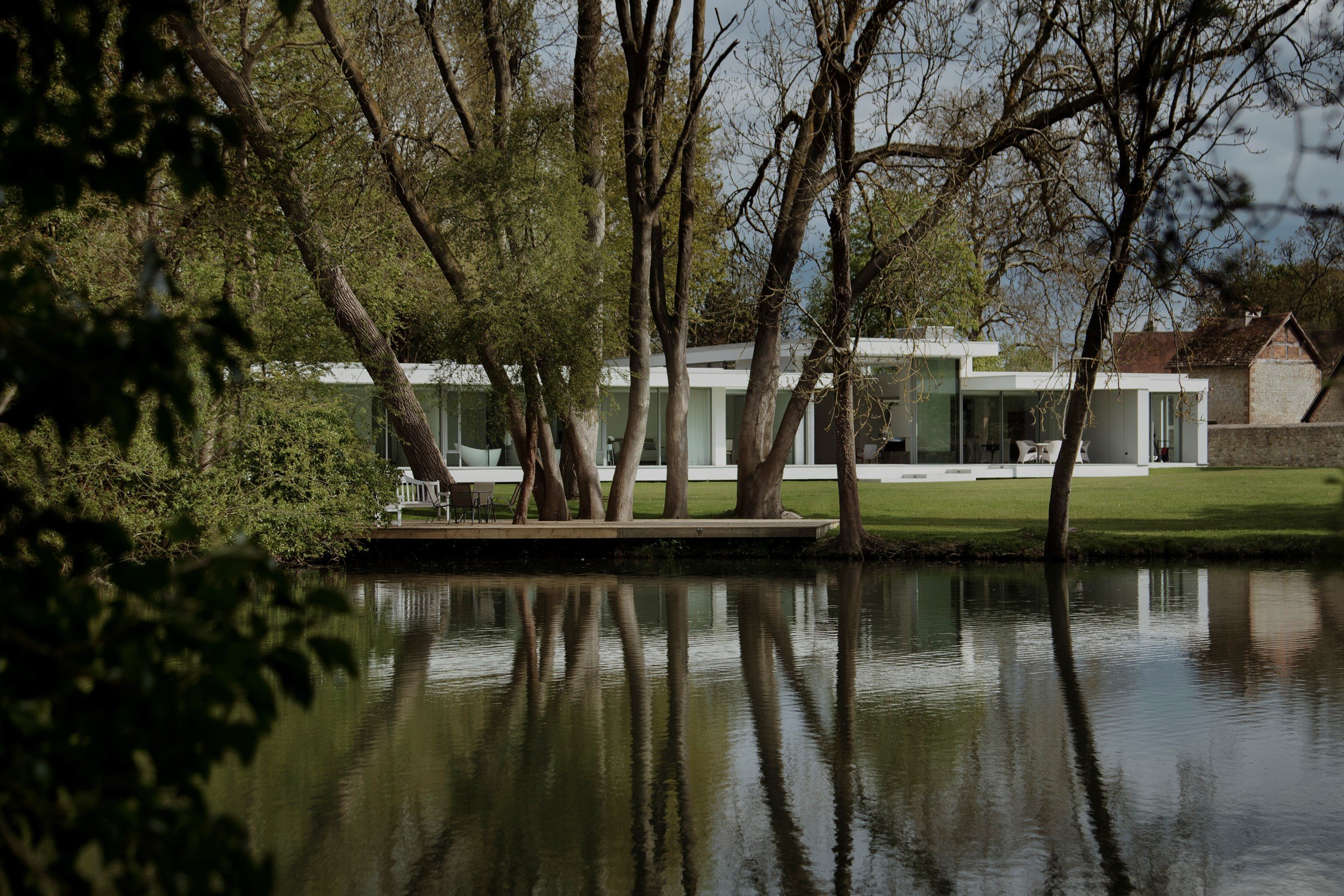
Biophilic Design & Our Innate Connection to Nature.
Laira Piccinato, our Sustainability Lead, shares how our Practice incorporates Biophilic Design into our approach.
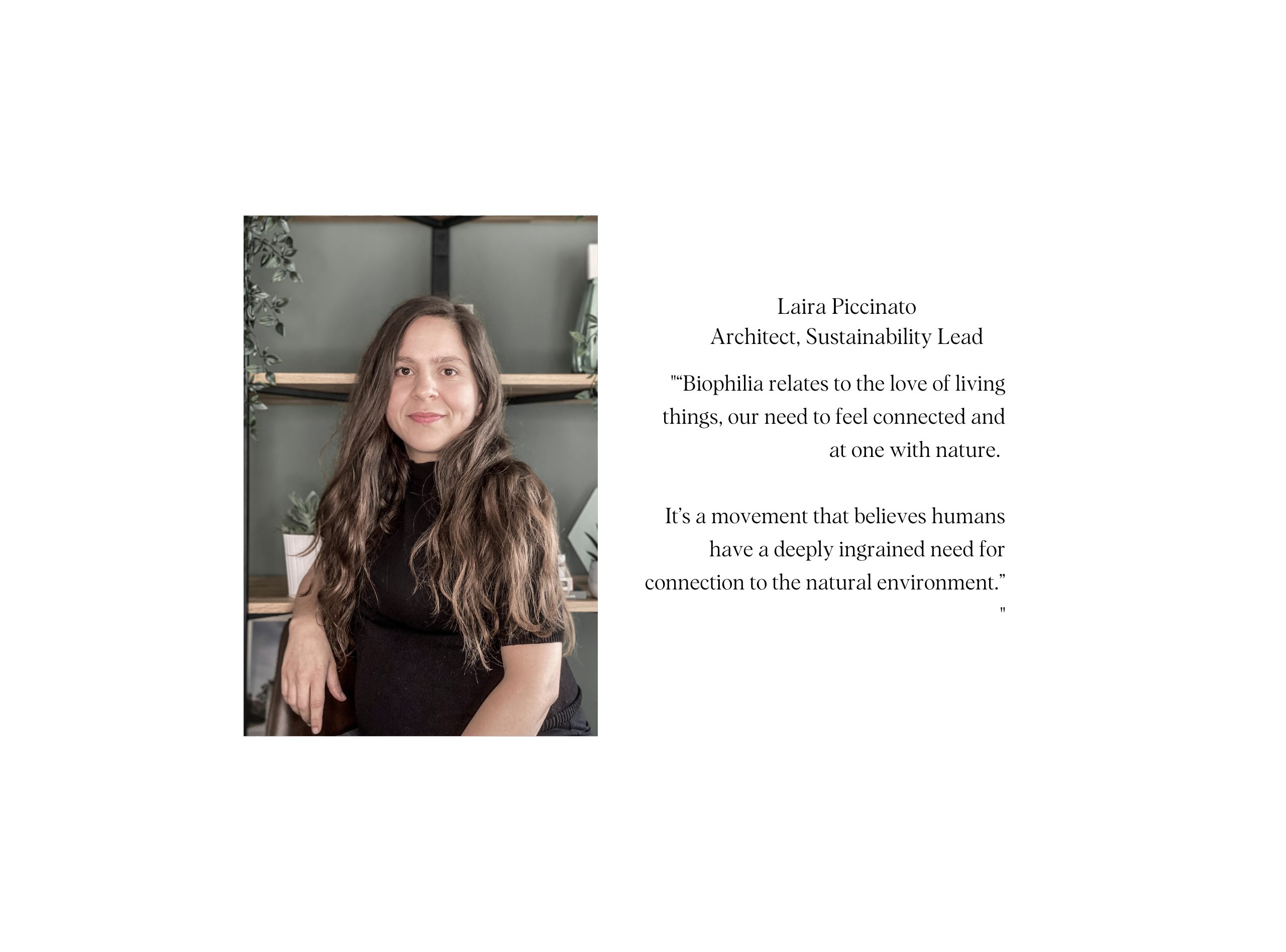
What is Biophilic Design?
Biophilic Design is an approach to designing – whether that be the places where we live, work, socialise or learn – based on the belief that we need to connect to nature in a deep and meaningful way.
Since the industrial revolution, the way we build has unfortunately often degraded nature and alienated us from our innate need to connect to our environment. As an industry, we have long been considering how we can decrease the environmental impact of our buildings, but it’s a slow process to get to where we need to be.
This is where biophilic design can make a positive impact. It’s about designing buildings and living spaces that connect people and nature, and through this, creating more healthy and productive habitats that support our well-being.

How do you approach design with biophilia in mind?
There are 3 main principles. Firstly, how can we bring nature into the space we are designing – so a direct presence of nature, which often includes multi-sensory interactions, from visual, thermal, haptic or touch, olfactory, or anything else where the natural presence is clear and direct.
The second idea is around being inspired by natural structures, or mimicking spatial configurations we see in nature. So this is about replicating the feelings that natural spaces give us, such as senses of refuge, mystery, prospect or happiness.
And then the third principle is to consider natural analogues, by that I mean using indirect methods to reflect nature, such as the use of naturally-inspired patterns and shapes with non-natural materials, such as wallpapers or soft furnishings.


Can you give some examples of how to integrate biophilic design into a residential design project?
We use careful consideration of glazing, to cleverly bring natural light into spaces. When a site has a wonderful feature, such as overlooking a river, rolling fields, or a gorgeous garden, we make sure we create connectivity by opening up the space to the external environment, blurring the lines between the inside and outside. That connection has a huge impact on the wellbeing of the inhabitants of the home.
We embrace nature-inspired shapes when we are designing, making the most of the opportunity to reflect the positive effects that natural shapes and textures can bring, as well as using natural materials and finishes. We consider how to ensure a comfortable ambient temperature and airflow, and take care to mitigate overheating so that the connection feels as comfortable as possible.
We are being asked more about green or living walls, and the presence of water, such as ponds or water features in the gardens we design. In our interiors projects, we specify wallpapers, furniture and textures that reflect nature, there are some fantastic options to bring aspects of biophilia into the home.


What are some of the known benefits to biophilic design in a home?
Studies have found that biophilic design can support cognitive function, physical health, and psychological well-being. We discuss this with our clients and understand their individual needs and priorities – we design collaboratively to find the optimum home environment for them. With the evidence pointing to biophilic design reducing stress and enhancing creativity, we want to create elements of their home design that will forge these connections to nature.
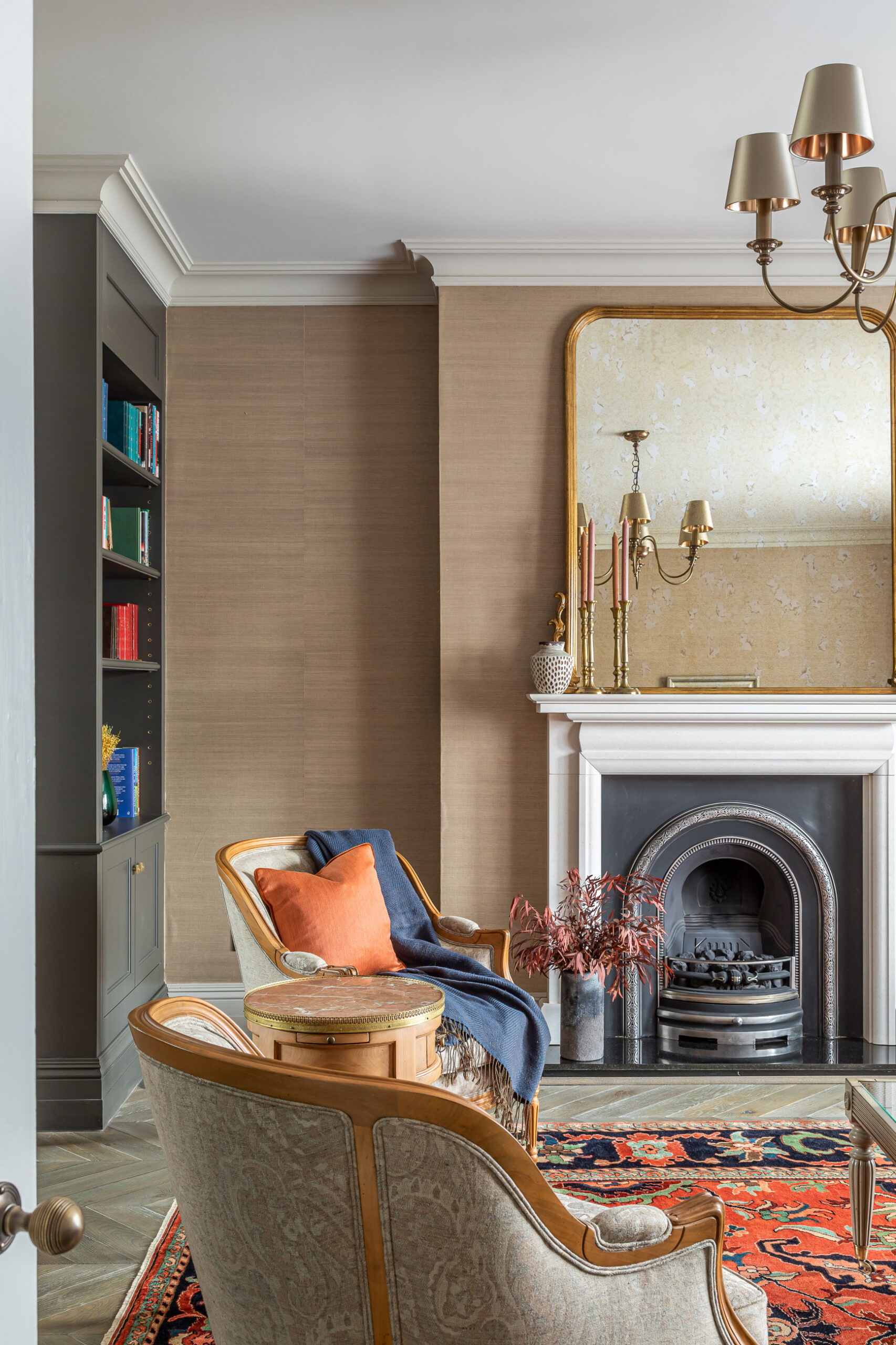

What sorts of materials can be used in biophilic designs?
Wood (certified FSC), as well as bamboo, linen, cork, ceramics – these types of materials assist in shaping a biophilic design by using natural colours, fibres and textures. We are working with vegan leather and materials made from waste products from industrial processes which is exciting, as it’s a growing industry which we are keen to support. Adding key plant species to interior design schemes, and considering pieces or art and sculpture that reflect or embody nature are other ways to bring natural elements into the home.
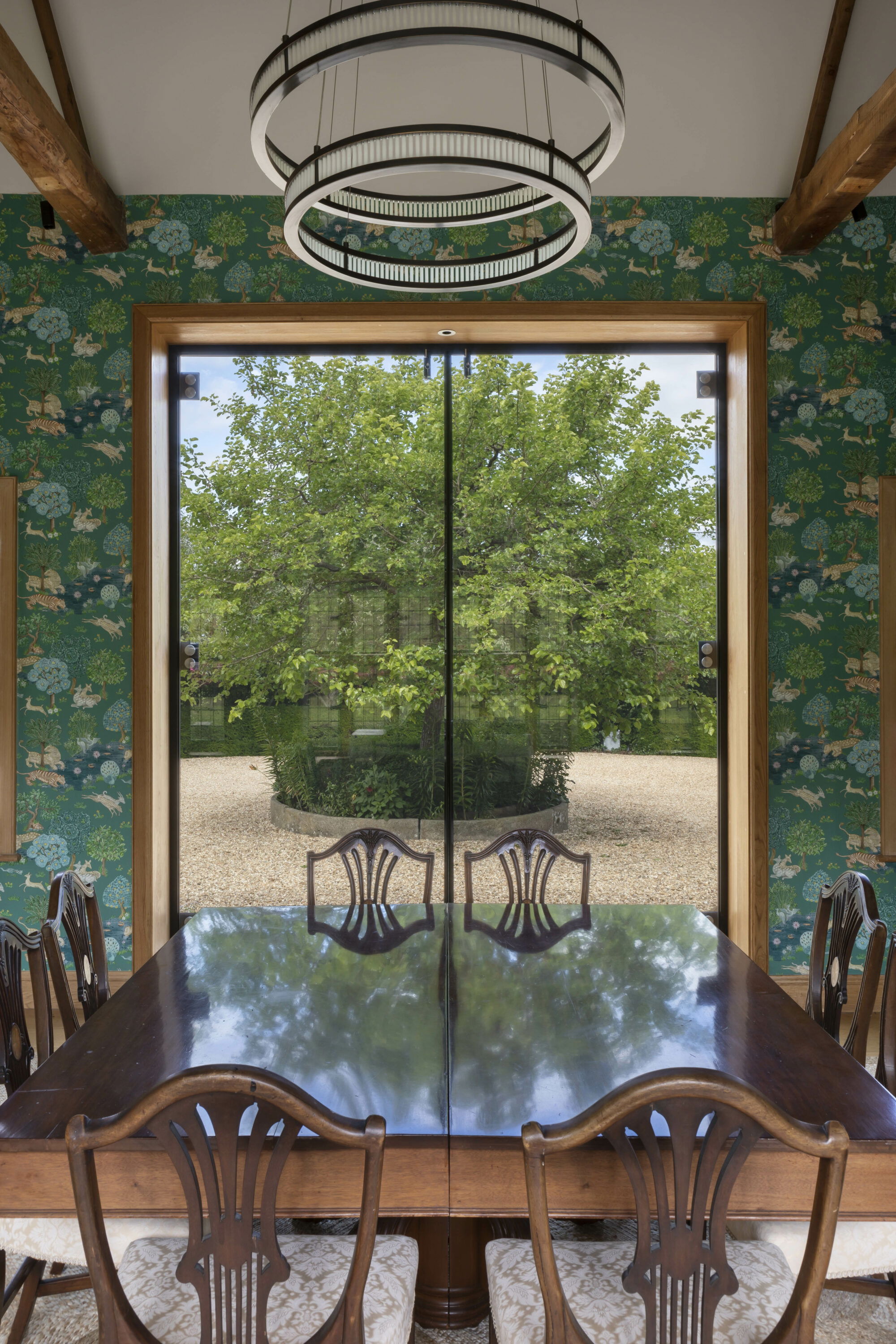
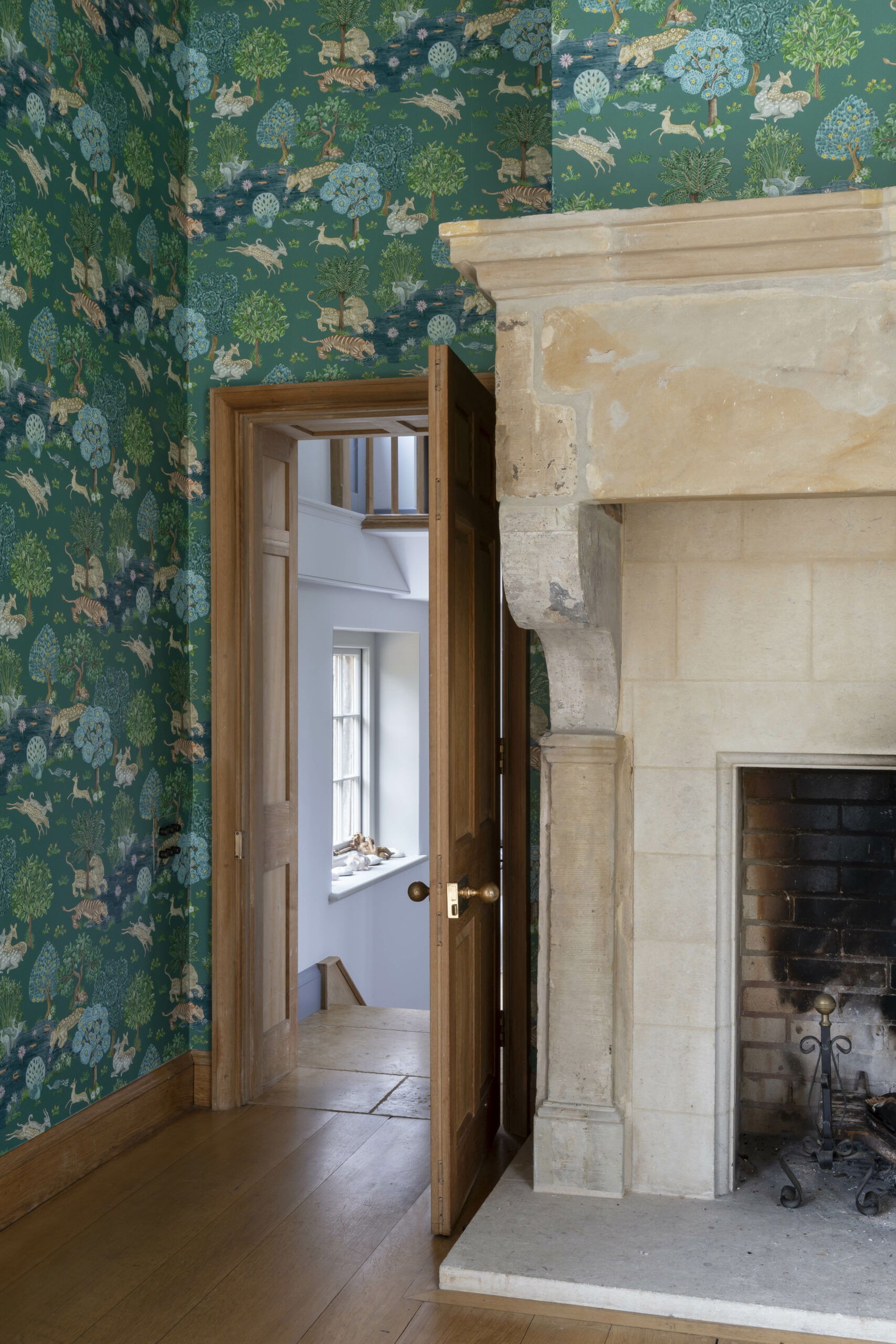
Is there a link between Biophilic Design and Sustainability?
Designing sustainably and using sustainable and ethical materials is one of our key principles and we believe there is a natural affinity between the two. Our wish to connect clients to nature dovetails with our commitment to reduce energy consumption and use technology to make the home as sustainable and regenerative as possible – as well as working and sourcing with artisans and crafts people local to the project site.
We ensure that we make the most of the features of a site so that there is a symbiotic relationship between the building we are designing and the environment it is situated in. This allows us to create schemes that are carefully considered and fosters a sense of wellbeing and calm. We are unique as a Practice in placing equal importance on architecture, interior design and landscape design and we believe this adds something special as our inhouse architects and landscape designers work holistically considering all these aspects from the outset.
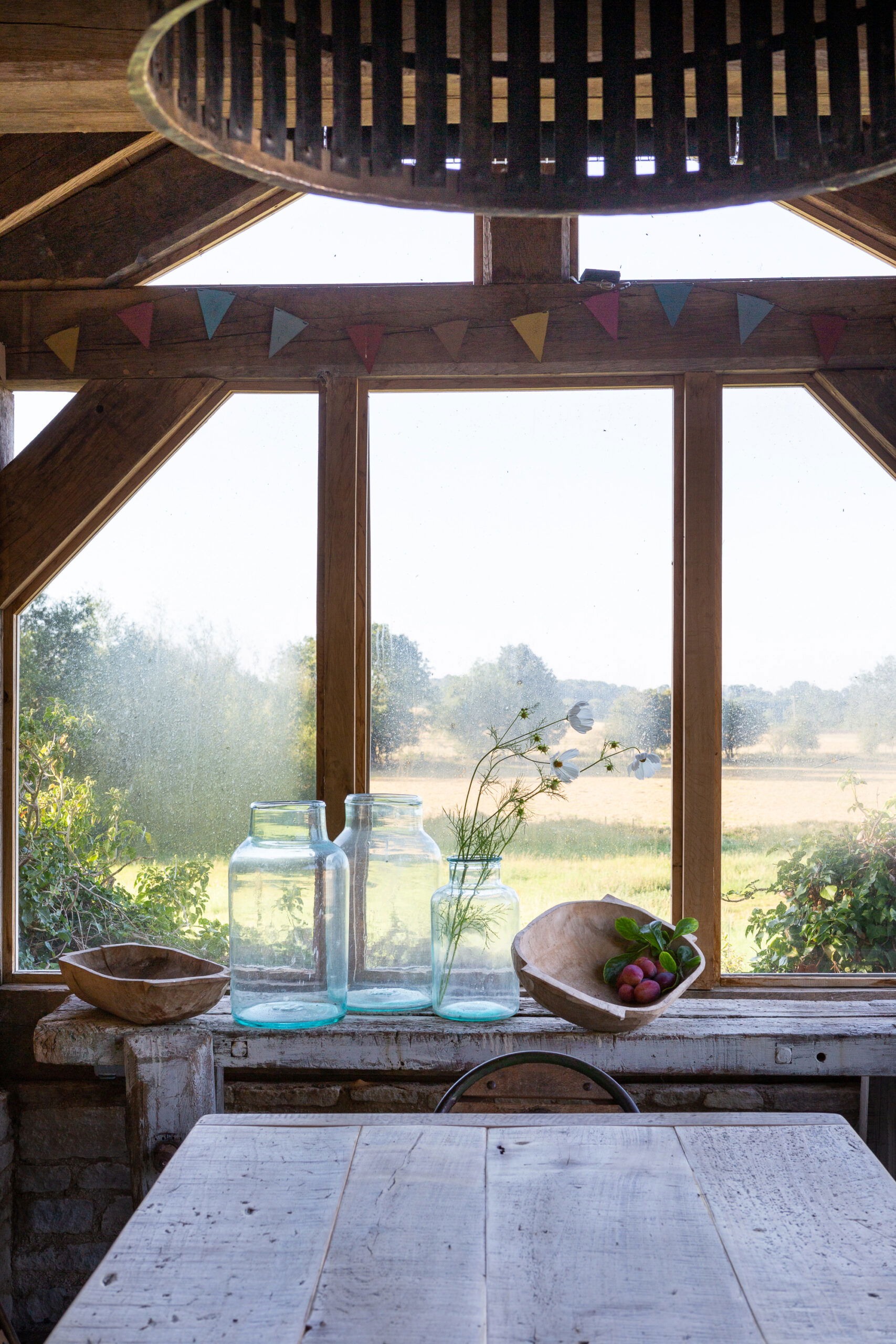
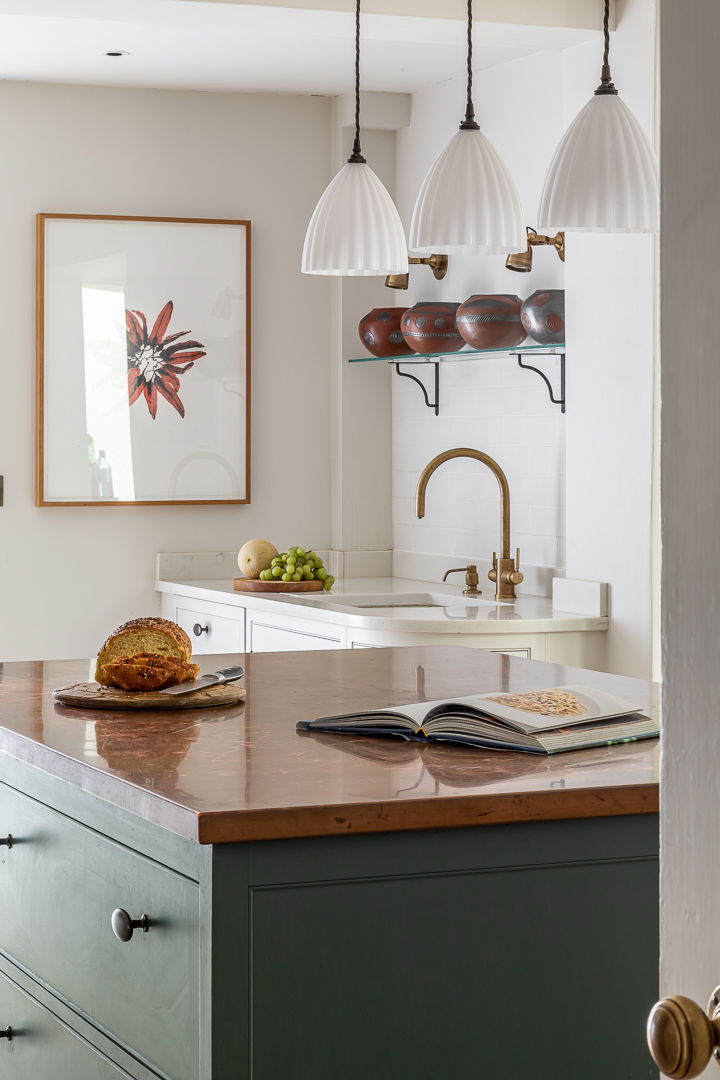
Can you tell us about one of your favourite recent design projects incorporating aspects of biophilic design?
Kingsbury House is one of our current projects, and has just been successful in a pre-planning application. The design vision sees the garden as an integral part in the living spaces through a series of interconnecting, Japanese-inspired landscapes. In another wing, the bedrooms have been separated by courtyards with internal trees to break up the elevation and improve natural lighting to the rear. This natural light and views through the courtyard will make this a really special space, and our clients want to use the boundary walls as a space for their art collection.
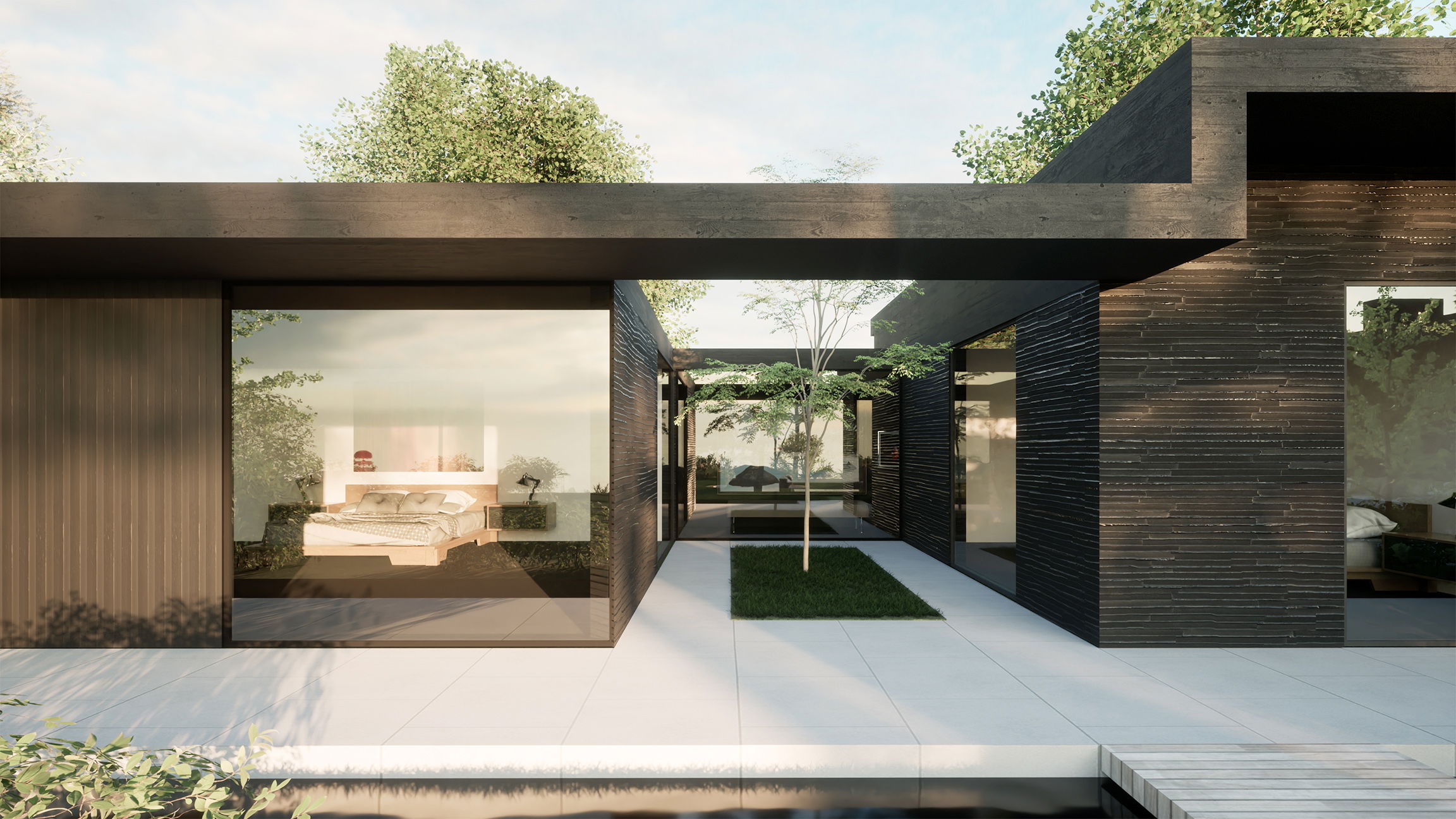
What’s next?
We are offsetting carbon used in our projects to support British woods with Woodland Heritage.
Read more on our approach to Wellbeing and Sustainability in home design.
We provide Architectural, Interior Design and Landscape Design services throughout Cotswolds, London, Surrey, Oxfordshire, Buckinghamshire and Berkshire.
Find out more about our interior design services, or get in touch for an initial conversation.
